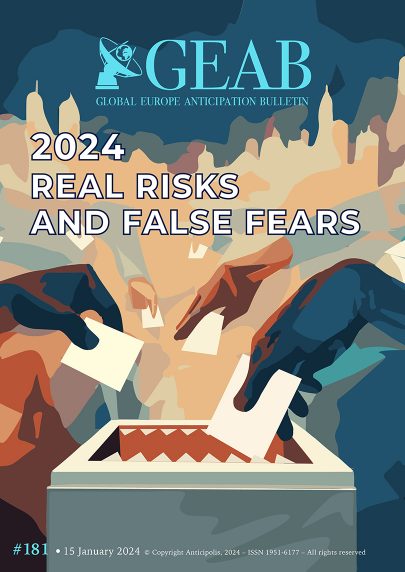GEAB 181
Bitcoin: Double-edged institutionalisation
The United States’ recognition of Bitcoin’s legitimacy via the ETFs[1] will be a double-edged sword: it will consolidate the Bitcoin’s value and status in the short term[2]; in the long run, on the other hand, it could result in the United States taking control of this crypto. In terms of recommendations, we encourage readers who own Bitcoin to hold on to it, and those who don’t, to invest. It is always useful to hold some directly, but it will also be useful to invest in ETFs as soon as possible. A US takeover would go against Bitcoin’s raison d’être, but to have any interest in doing so, Uncle Sam first needs a strong Bitcoin. We are therefore betting that its value will rise over the course of 2024, though not without fluctuations, of course.
Login

"Be greedy when others are fearful" The great feature of 2024 is its jam-packed electoral calendar. This year, almost three billion people will be voting in 76 countries, including major [...]
Geopolitics: Asymmetrical Recomposition 1 - American election fog disrupts global visibility The fog surrounding the American elections is disrupting global visibility. What will this lack of visibility mean for the [...]
This month we had the pleasure of discussing with Dr. Maria Moloney what 2024 may bring regarding AI and data protection innovation, as well as issues of European and global [...]

Comments